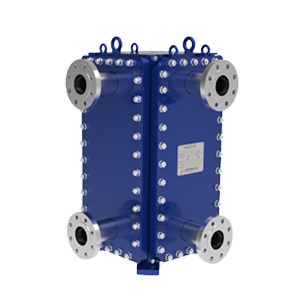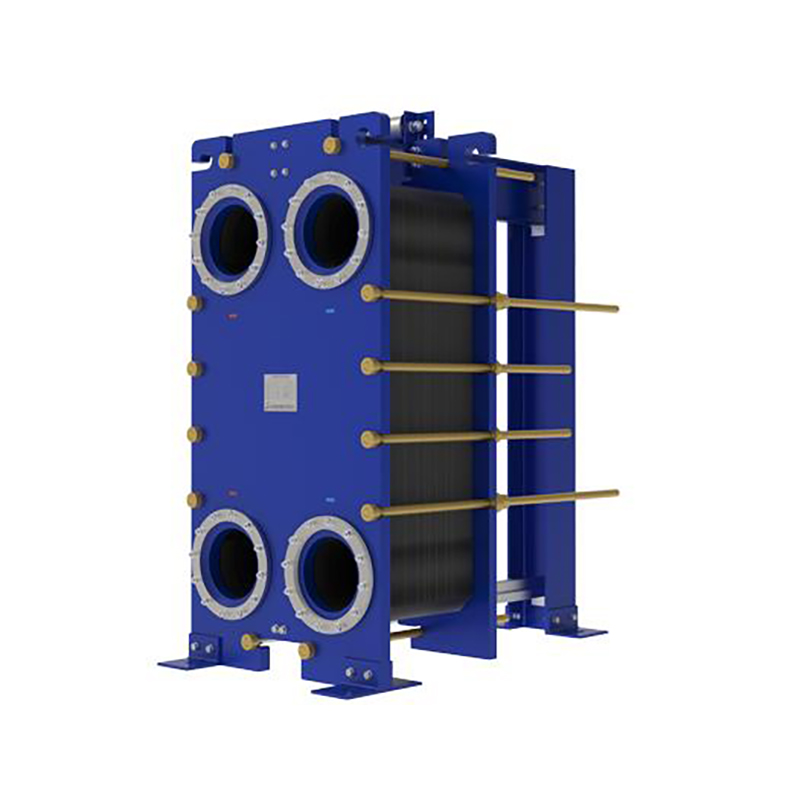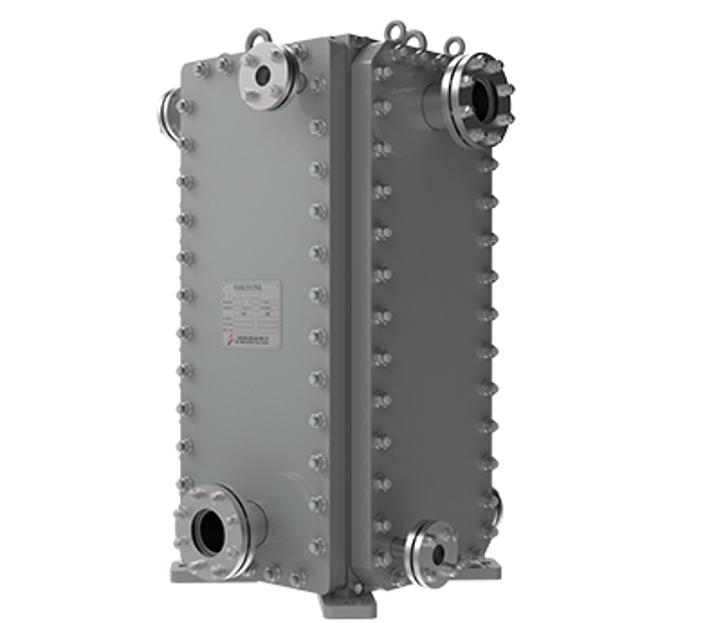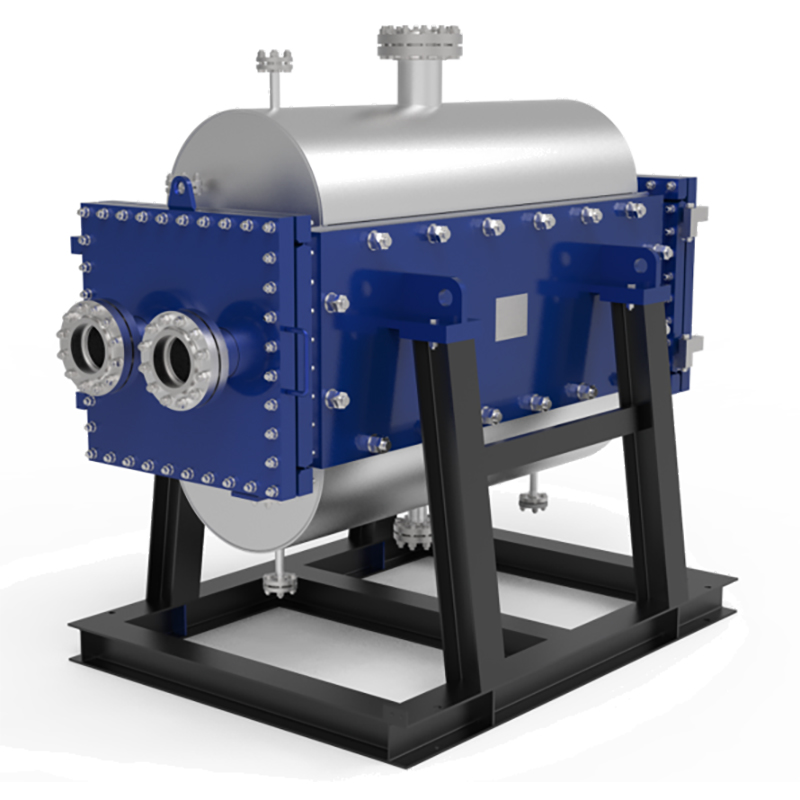Comparing welded block and gasketed plate heat exchangers
You can see clear differences between welded block...
More
What are welded plates? Welded plates are flat steel sheets or panels joined together through welding processes, commonly used in construction, shipbuilding, and heavy machinery manufacturing. These plates are fabricated by fusing multiple steel sheets using techniques like arc welding, laser welding, or resistance welding, ensuring high strength and durability. Industries rely on welded plates for structural integrity, as they provide uniform load distribution and resistance to stress. Common materials include carbon steel, stainless steel, and alloy steel, each selected based on corrosion resistance, tensile strength, and environmental conditions. Welded plates are essential for building bridges, pressure vessels, and offshore platforms, where precision and reliability are critical.
Welded plates offer superior performance due to their customizable thickness, ranging from 3mm to over 100mm, catering to diverse industrial needs. Advanced quality control measures, such as ultrasonic testing and X-ray inspection, ensure defect-free welds. Manufacturers adhere to international standards like ASTM, EN, and JIS to guarantee consistency. Additionally, welded plates can be further processed through cutting, bending, or drilling to meet specific project requirements. Their versatility makes them indispensable in sectors requiring robust and long-lasting metal components.
Why choose welded plates? These steel products are preferred for their exceptional strength-to-weight ratio, making them ideal for high-stress applications. Unlike cast or forged alternatives, welded plates provide greater design flexibility, allowing engineers to create complex structures without compromising durability. Their cost-effectiveness stems from efficient production methods, reducing material waste and labor expenses. Welded plates also exhibit excellent weldability, enabling seamless integration with other metal components. Industries such as automotive, aerospace, and energy rely on them for critical infrastructure due to their proven performance under extreme conditions.
Environmental factors further enhance the appeal of welded plates. Galvanized or coated variants offer enhanced corrosion resistance, extending service life in harsh environments. Real-world data shows that welded plate structures, such as storage tanks and industrial frames, often last decades with minimal maintenance. Moreover, their recyclability aligns with sustainable manufacturing practices. Leading suppliers provide certified welded plates with traceable material origins, ensuring compliance with safety regulations. Whether for large-scale construction or precision engineering, welded plates deliver unmatched reliability, making them the go-to choice for professionals worldwide.
Select the most popular foreign trade service products to meet your diverse needs
Learn more about the dynamics and professional knowledge of the foreign trade industry

You can see clear differences between welded block...
More
Plate heat exchanger gaskets perform 5 key roles: ...
MoreAPI 662 defines standards for plate heat exchanger...
More
Heat exchangers transfer heat between fluids witho...
More
A plate heat exchanger catalogue is an essential t...
More
Yes, a fully welded plate heat exchanger is worth ...
MoreSelect the most popular foreign trade service products to meet your diverse needs
Explore more content related to foreign trade services

User Comments
Service Experience Sharing from Real Customers
John Smith
Structural EngineerThe welded plate exceeded my expectations in terms of durability and precision. Perfect for heavy-duty construction projects!
Emily Johnson
Manufacturing SupervisorHigh-quality welded plate with excellent finish. Minor shipping delay, but the product itself is top-notch.
Michael Brown
Project ManagerUsed these welded plates in our bridge construction project. They performed flawlessly under stress and met all specifications.
Sarah Davis
Quality Control InspectorConsistent thickness and strong welds make these plates ideal for industrial applications. Would recommend!